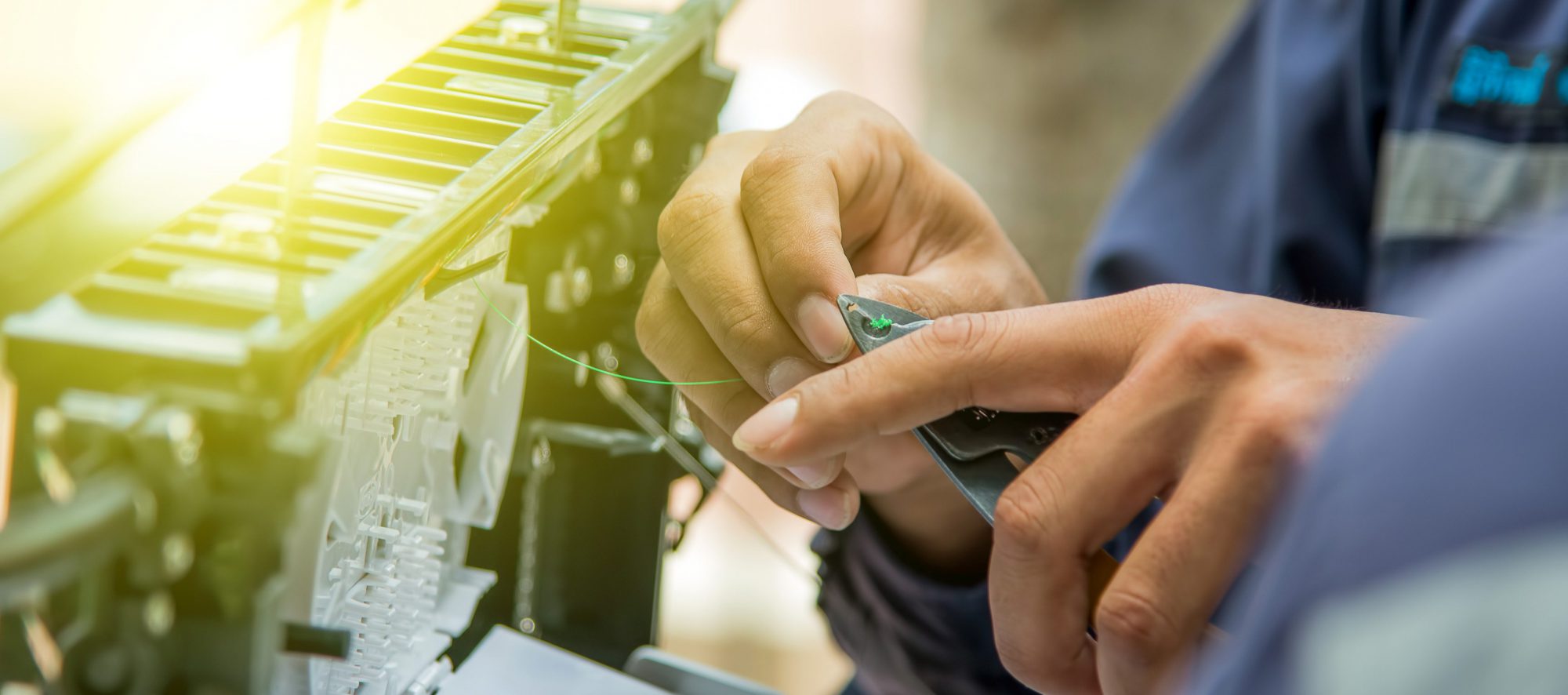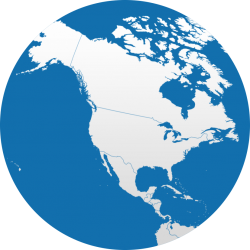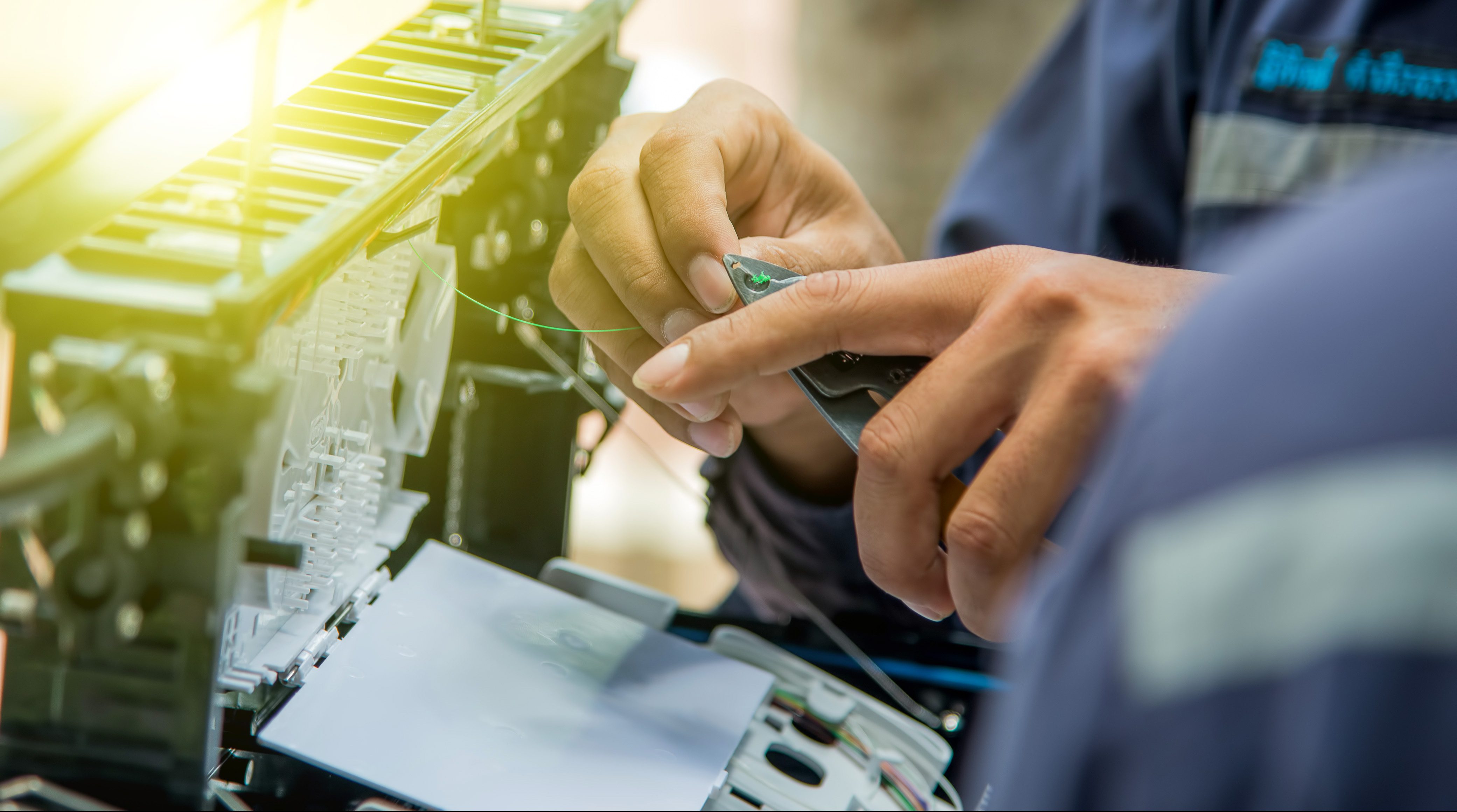
| This course is sanctioned by the Fiber Optic Association (FOA), the largest professional society of fiber optics in the world. FOA courses offered by BDI DataLynk are recognized by The US Department of Labor. |
Course Description
This intensive 2-day, 16-hour program offers advanced training for individuals involved in testing and maintaining fiber optic networks. Emphasizing practical experience with minimal theory, the course provides a clear and accessible approach to fiber optics testing standards. Participants will learn about various testing standards, equipment, and technological methods used in fiber network testing and splicing, along with guidance on selecting the appropriate tools. The program, which is 85% hands-on, covers the full spectrum of testing and maintaining single mode fiber optics networks. It includes detailed demonstrations of the equipment used in these processes. Topics include ANSI/TIA/EIA-526-(7)A standards, OTDR fundamentals and applications, a comparison of OTDR and Insertion Loss Testing, Return Loss Testing, and Attenuation testing using Power Source and Light Meter.
The student must pass (meaning 70% of the questions must be answered correctly) on both the written and hands-on exams to successfully pass this course. All exams are closed-book. Tuition includes all books/study materials, exam fees and three-year membership to the FOA.
Course Objective
Prepare students to take the Specialist in Testing & Maintenance Fiber Optics Certification Exam. Enable student to effectively and efficiently identify fiber network defects, and provide QA (Quality Assurance) procedures to minimize or eliminate future network outages.
Prerequisites
- *CFOT certification from the Fiber Optics Association (FOA)
- Must be able to identify and manipulate small tools
- Must be able to read and speak the English language
- Must have basic working knowledge of computers
*As of January 1, 2015, the student MUST have, within the preceding 12 months, either successfully passed the basic CFOT course OR have renewed their FOA membership prior to attending any FOA Specialist courses offered by BDI Datalynk. There are no exceptions.
Method of assessing whether course objective was met
Along with chapter tests, class discussions, and substantial hands-on activities, the Specialist Fiber Optics Certification Test (both written and practical) is given and graded at the end of the class. Students will receive a Certificate of Completion at the end of the program.
Instructors
Our field-experienced, FOA/BDI certified leaders will guide students through their training.
Note: Instructors are assigned to each location by BDI.
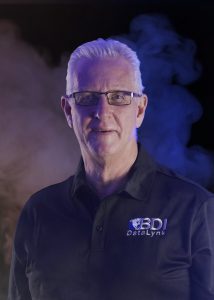 |
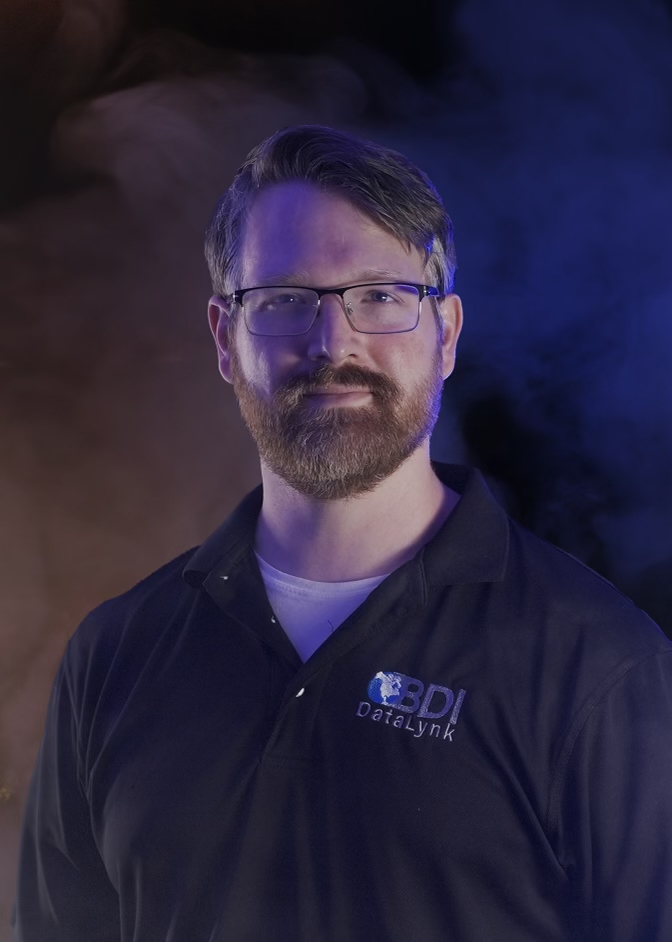 |
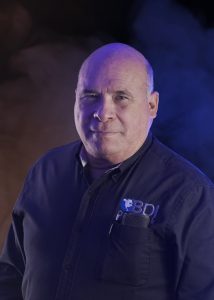 |
|
| Tom Rauch | Michael Rauch | Kerry Hammer |
Contact (Instructional) Hours
16 hours (Approximately)
Note: Actual number of hours may vary depending on number of students.
Physical demands
- Students must be able to see, manipulate, and hold small tools and test equipment.
- Students must have the ability to announce to anyone in the classroom that lasers are about to be turned on or are currently on and active.
- Student must be able to hear and react to the announcement from anyone in the classroom that lasers are about to be turned on or currently active.
Tuition
Varies by location
Please check with your individual course location coordinator.
Textbook
FOA Reference Guide To Fiber Optics: Study Guide to FOA Certification by Jim Hayes.
Supplementary study materials includes Student Lab Manual.
Course Outline
Day 1:
- Introduction to ANSI/TIA/EIA-568-B.3, Optical Fiber Cabling Components Standard.
- A review of fiber optics safety procedures
- Comprehensive overview of ANSI/TIA/EIA-526-14A , FOTP-171, FOTP-107
- Hands-on activities demonstrating OFSTP 7 test procedures. Students must build, test, and troubleshoot actual single mode ISP network to industry standards utilizing all available test equipment: OTDR, OLTS, and VFL.
Day 2:
- Introduction to Advanced OTDR Functions,
- Use of the OTDR, Power Source and Light Meter Functions,
- Fiber Identifier,
- Continuity Testing,
- Tools and Equipment,
- Safety,
- Class Discussion,
- Administer and Grade Specialist Written and Hands-On Exams
- Test Results & Review, Conclusion
- To receive FOA certification, students must pass both written and hands on exams.
